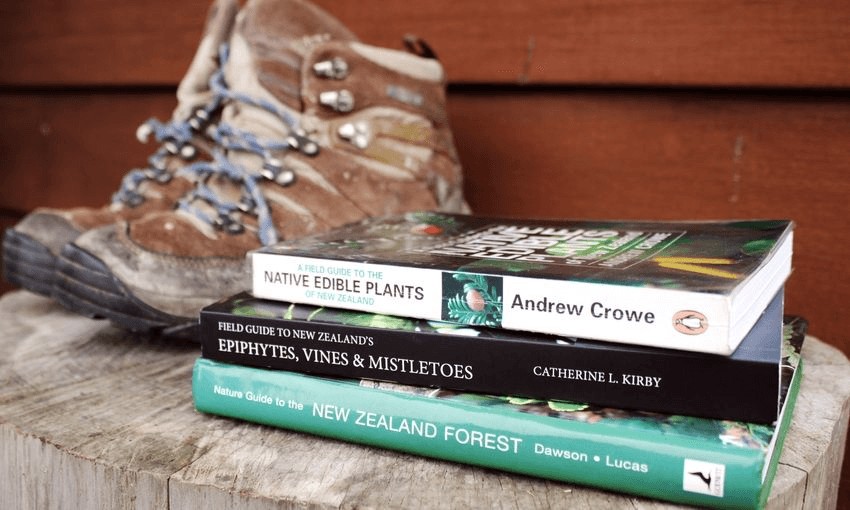New Zealand’s diverse ecosystems are home to a fascinating array of fungi. From the iconic Amanita to the lesser-known puffballs, the world of New Zealand fungi is a treasure trove for nature enthusiasts. This field guide to New Zealand fungi will help you identify and appreciate the diverse fungal species found throughout Aotearoa.
What Makes a Great Field Guide?
Before diving into specific fungi guides, let’s consider the essential features of a reliable field guide. Clear photos and detailed descriptions are critical. Distribution maps pinpointing species’ locations are invaluable. Dichotomous keys, comparing characteristics, facilitate accurate identification. A good field guide to New Zealand fungi will have all these elements.
Recommended Field Guides to New Zealand Fungi
While various resources cover New Zealand’s flora and fauna, here are some specific guides focusing on fungi and related topics, ideal for both beginners and experienced mycologists:
A Photographic Guide to the Mushrooms and Other Fungi of New Zealand by Geoff Ridley
This guide is an excellent starting point. Its color-coded sections and bold text highlighting identifying features make it user-friendly. The compact size is perfect for taking on hikes. When trying to identify various colored growths in New Zealand’s forests, this book is a good companion.
A Field Guide to New Zealand Fungi by Shirley Kerr
This self-published guide is renowned for its comprehensive coverage, representing over 600 species. If you are looking for a more in-depth field guide to New Zealand fungi, this is it.
Nature Guide to the New Zealand Forest by John Dawson & Rob Lucas
Although not solely focused on fungi, this guide’s user-friendly leaf identification system is valuable for understanding fungal habitats and associated plant life.
Above the Treeline: A Nature Guide to Alpine New Zealand by Alan F. Mark
This comprehensive guide includes fungi alongside other alpine species, providing context within a specific ecosystem.
A Field Guide to the Native Edible Plants of New Zealand by Andrew Crowe
While primarily focused on edible plants, this guide also includes edible fungi, offering information on their nutritional value and traditional uses.
The Importance of Fungi in New Zealand’s Ecosystems
Fungi play a vital role in New Zealand’s ecosystems. They act as decomposers, breaking down organic matter and releasing nutrients back into the soil. Many fungi form symbiotic relationships with plants, aiding in nutrient absorption. Understanding fungi is crucial for appreciating the interconnectedness of New Zealand’s natural environment.
Additional Resources
- Online Databases: Websites dedicated to New Zealand fungi offer extensive information and images.
- Local Mycological Societies: Joining a local society provides opportunities for guided walks, workshops, and expert advice.
- University Herbaria: University collections house valuable fungal specimens and research resources.
Conclusion: Embark on Your Fungal Foray
Exploring the world of New Zealand fungi is an exciting adventure. Equipped with a reliable field guide and a passion for discovery, you can unlock the secrets of Aotearoa’s fascinating fungal kingdom. Remember to respect the environment and practice sustainable foraging if collecting edible species. Happy hunting!
